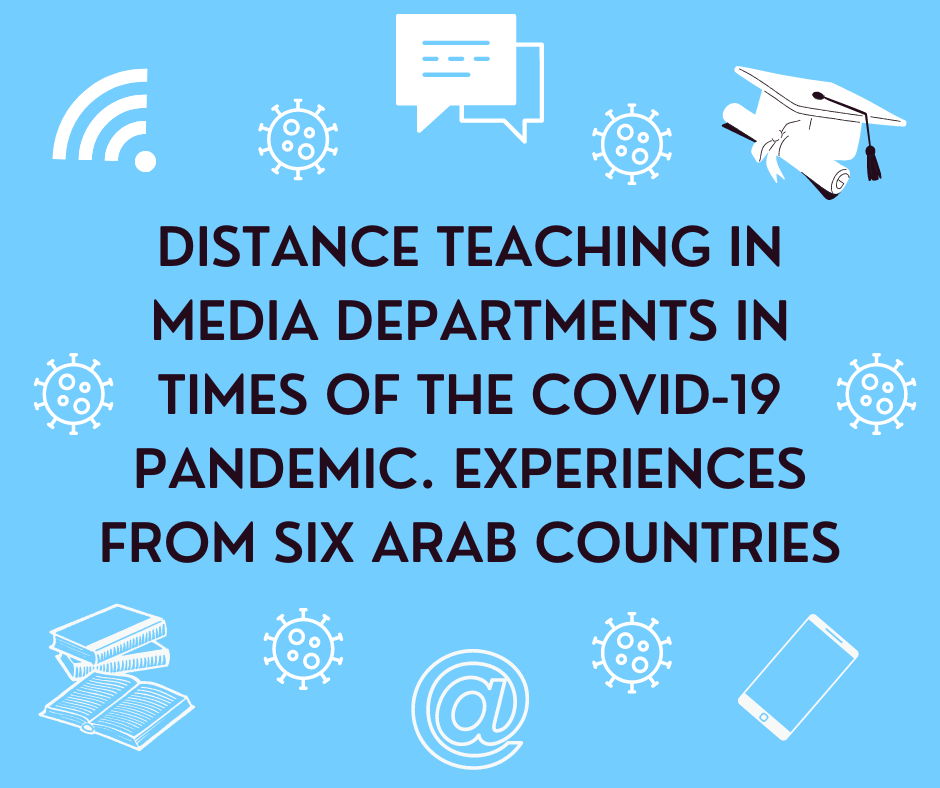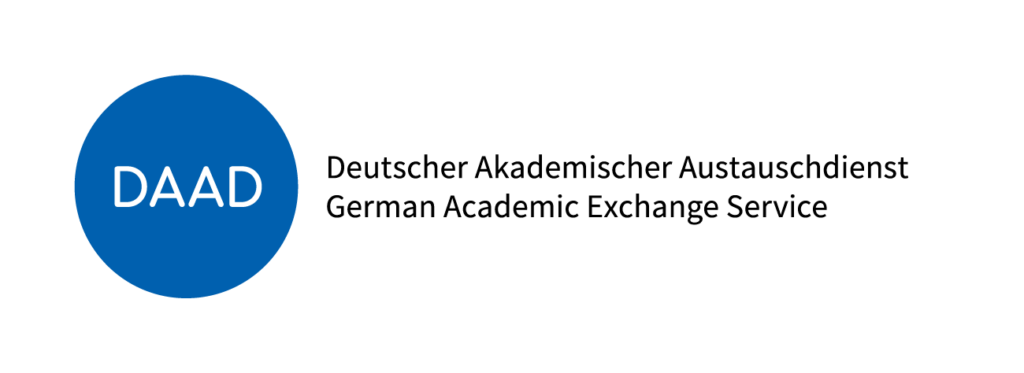 Distance teaching in media departments in times of the COVID-19 pandemic. Experiences from six Arab countries.
Distance teaching in media departments in times of the COVID-19 pandemic. Experiences from six Arab countries.
by Inas Abou Youssef and Carola Richter
Click here for the Article’s PDF
Abstract
The present study describes, assesses, and compares the experiences of distance teaching in media and communication departments in six Arab countries, including Egypt, Tunisia, Iraq, Yemen, Oman, and Qatar, during the early phase of the COVID-19 pandemic in the spring of 2020. Three research questions were answered through a cross-country comparison. 1) Which organizational steps and arrangements had to be taken by the administration and teaching staff to transition to distance teaching? 2) How was distance teaching perceived by students in the six countries? 3) How was the transition evaluated by the teaching staff, and which suggestions can be made for the future? To answer the questions, we collected empirical data from different groups involved in the teaching process, including teachers, administration, and students, through interviews, focus groups and a questionnaire. Results show that the necessity of teaching online from a distance took most Arab universities by surprise. A lack of infrastructure and financial means proved to be the most relevant problem in conflict-ridden countries like Iraq and Yemen, but also in Egypt and Tunisia. Given their low expectations, students were generally satisfied with the digital tools used in their institution, even though in some countries, the skills of the teachers were underdeveloped, and the infrastructure was lacking. The teaching staff, however, highlighted that they saw these changes as a move toward the modernization of their teaching.
The project was headed by Dr. Inas Abouyoussef, Ahram Canadian University, Cairo.
This project is generously sponsored by the German Academic Exchange Service.

